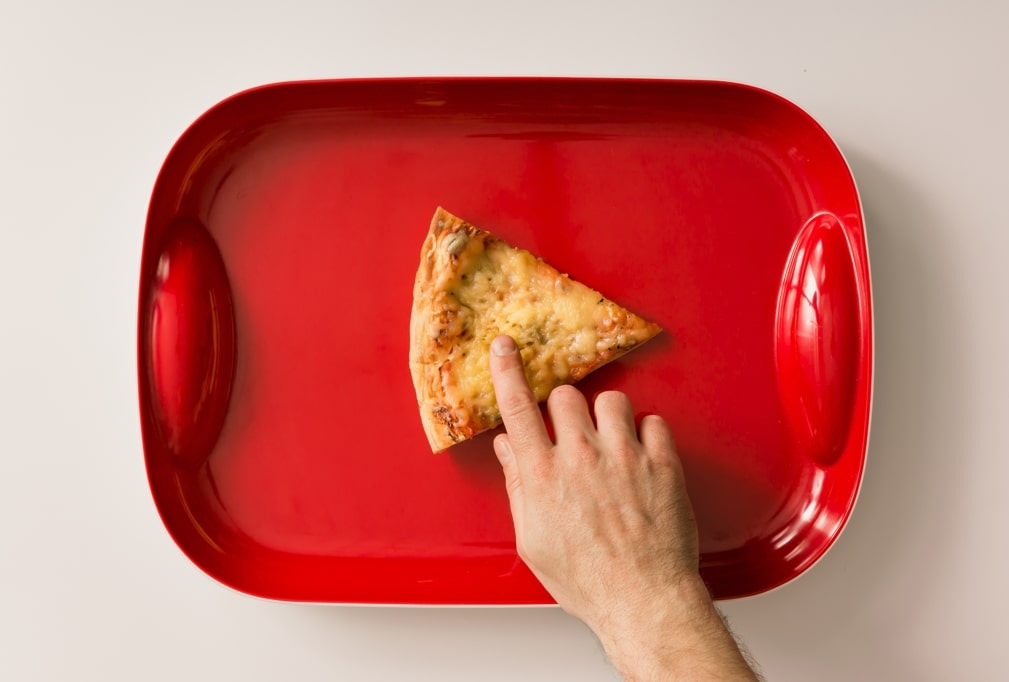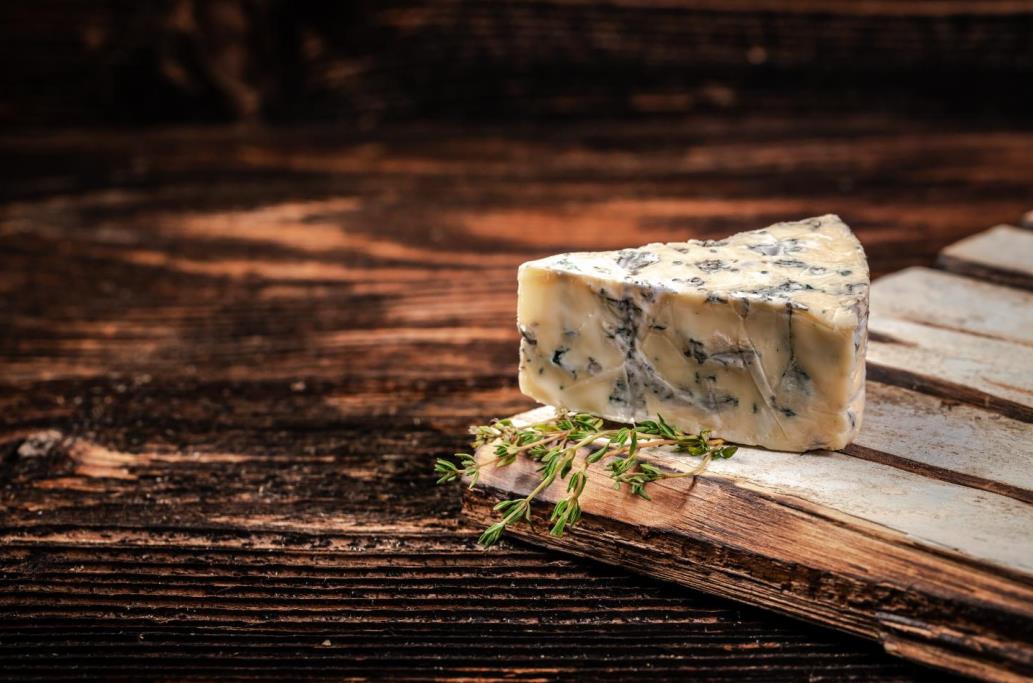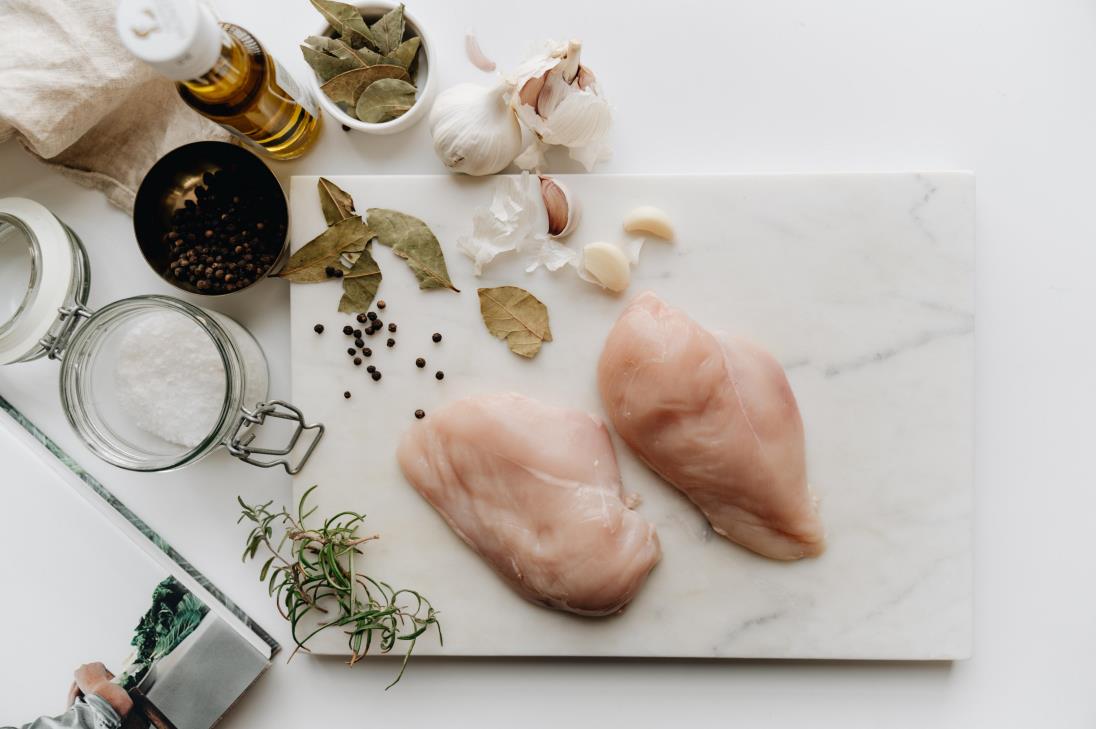Having the right cutting board is just as important as using the proper knives for the job. Every time you chop, dice, and mince, you’ll touch the knife to the board. It’s the surface that both the food and our beloved knives make contact countless times throughout dish preparation. .
Settling on the correct type of cutting board for your needs and preferences will make everything easier. This goes for both you and your kitchen knives. Many of the traits that you’ll get from a cutting board will stem from the material it’s made.
Though numerous materials are there for making cutting boards, two are more prevalent than others: wood and plastic. These are the most accessible and popular cutting board materials.
While you may be tempted to choose either one over the other – possibly wood over plastic – there are many things to consider beforehand. Here is everything you need to know about the differences between wood and plastic cutting boards, their relationship with your knives, and more.
Table of contents
Wooden cutting boards
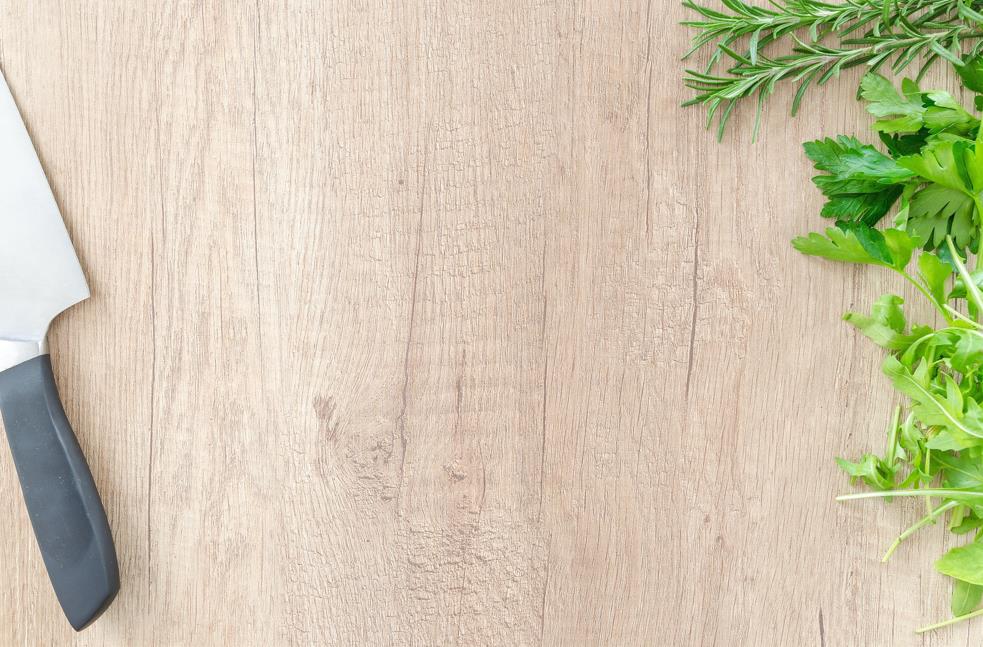
Wood makes the most popular and perhaps the best cutting boards overall. After all, there’s a reason why they are considered the default of a cutting board. They don’t dull blades as quickly, kill bacteria by trapping them, and are long-lasting.
However, wood cutting boards have many variations. It’s not just due to the type of tree it’s made from, but rather what part of the tree.
Whenever you cut a block of wood, there are three surfaces. These different surfaces have their own characteristics and are referred to as end grain, edge grain, and face grain.
End grain wood
The end grain wood has the surface the same as along the direction of the tree’s growth. There is only so much of this side in a tree compared to others, and as a result, they are more expensive.
The end grain cutting boards have exposed fibers standing upright. These cutting boards are the most gentle on knife edges, and are the most durable.
Edge grain wood
The edge grain wood – like its name – is the edge of the wood. This type of wood is considerably cheaper than others and is lightweight. Many home cooks prefer them for several reasons. They are affordable, easy to maintain, and clean compared to other grain types.
Cutting boards made from edge grain wood won’t show as many food stains, and a quick rubbing with warm soapy water will eliminate them.
Face grain wood
As the name suggests, face grain is the front of the wood. The face grain wood shows many of the fibers and the growth rings. They are the most pleasing to the eye but aren’t as durable. The surface is softer, absorbing liquids and moisture much faster in comparison.
When buying a face grain cutting board, you’ll essentially trade looks with functionality. However, a home cook using a cutting board for less than an hour at any given period won’t experience significant drawbacks.
Read more on our comprehensive article comparing end grain, edge grain, and face grain.
Plastic cutting boards
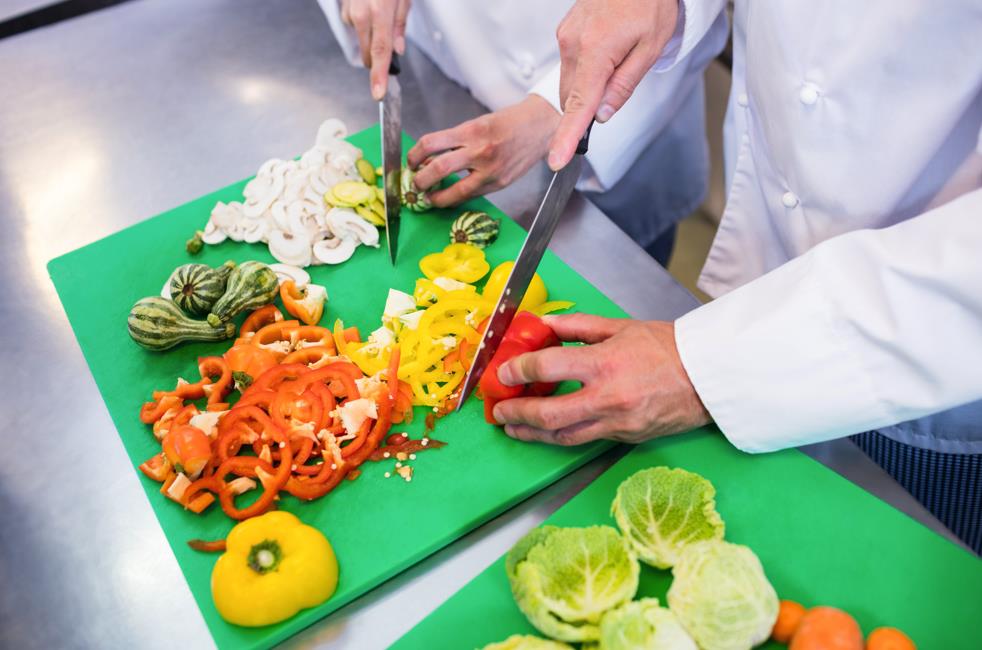
Like many other products, there are plastic alternatives to cutting boards. Plastic cutting boards are cheap, lightweight, need little to no maintenance, and are easy to clean.
One aspect of plastic cutting boards that make them favorable among cooks is that they are mostly dishwasher safe. They can endure the high heat without warping or other damages while the dishwasher sanitizes.
However, plastic cutting boards can house bacteria, and unlike wooden ones that trap and kill them, bacteria may spread when not cleaned properly. For this reason, it’s essential to ensure the plastic cutting boards are adequately cleaned before storing.
Wood vs plastic cutting board
Between plastic and wood cutting boards, there are many differences. While wood is a superior option for many, plastic also has its upsides that can make a big difference. Here is a detailed comparison between wood and plastic cutting boards to help you choose the right one and things to expect afterward.
Sanitization
Hygiene is perhaps the most critical consideration. Using a dirty cutting board opens the door to food poisoning. A sanitized cutting board will not only get in the way of this but also ensure that every ingredient you cut tastes as it should.
Nonetheless, every knife mark, groove, and other tiny entries are places for bacteria to hide and spread. As a plastic cutting board doesn’t have the same attributes as a wooden one, you’ll need to clean it adequately. Luckily, it isn’t as hard as a wood cutting board considering you can throw it in the dishwasher.
Despite being harder to clean, wood cutting boards are generally more sanitary than plastic due to natural reasons, especially if you’re looking after them.
Winner: wood cutting boards
Durability
A wood cutting board can last for many years to come. Even if there are a ton of scratches, you can always resurface one and make it as if it was brand new. Although plastic cutting boards can also be resurfaced, it isn’t as straightforward as sanding down a wood cutting board.
The beating a cutting board takes over its lifetime is usually more than plastic can handle. You’ll find yourself needing to replace your plastic cutting board in a relatively shorter time compared to wood. Even a few deep scratches can ruin the entire plastic cutting board where liquids get trapped in them or drip from the bottom.
Winner: wood cutting boards
Maintenance
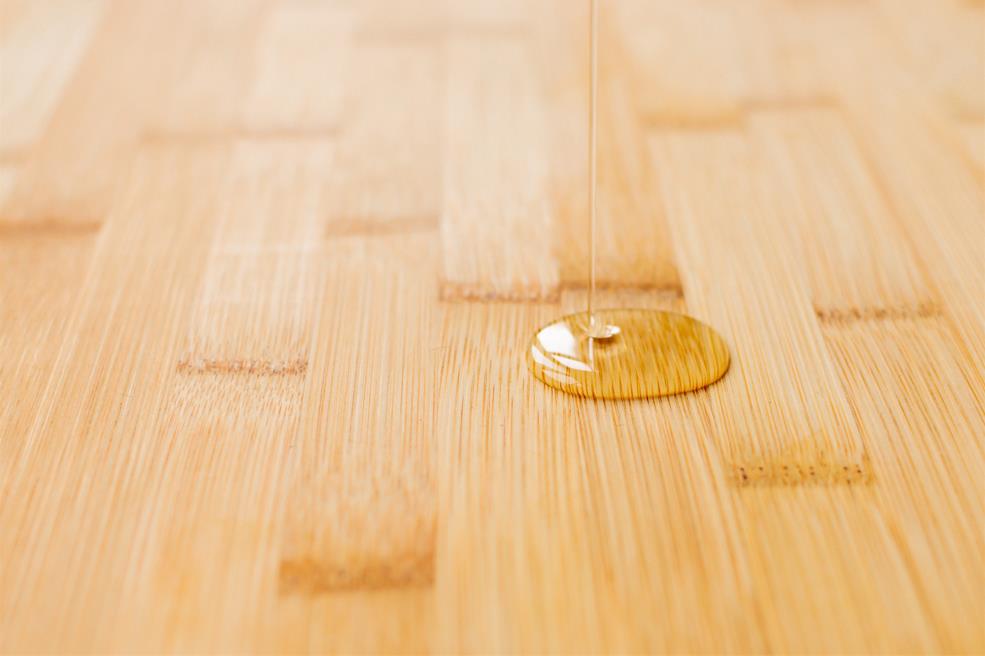
Plastic cutting boards are incredibly low-maintenance. No matter how long you use one, just throw it in the dishwasher or leave them to soak. Even if the plastic cutting board isn’t dishwasher safe, you can vigorously use your sponge with plenty of water to remove any food remaining.
These cleaning methods are a big no with wood cutting boards. When cleaning a wood cutting board, only use warm soapy water, rinse quickly, dry the surface, and leave it air dry on its side.
The wood cutting boards also require a coat of mineral oil every other week, depending on how frequently you use one. The mineral oil makes wood cutting boards more water-repellant, and sort of replenishes them. Read on how to care for a cutting board.
Winner: plastic cutting boards
Aesthetics
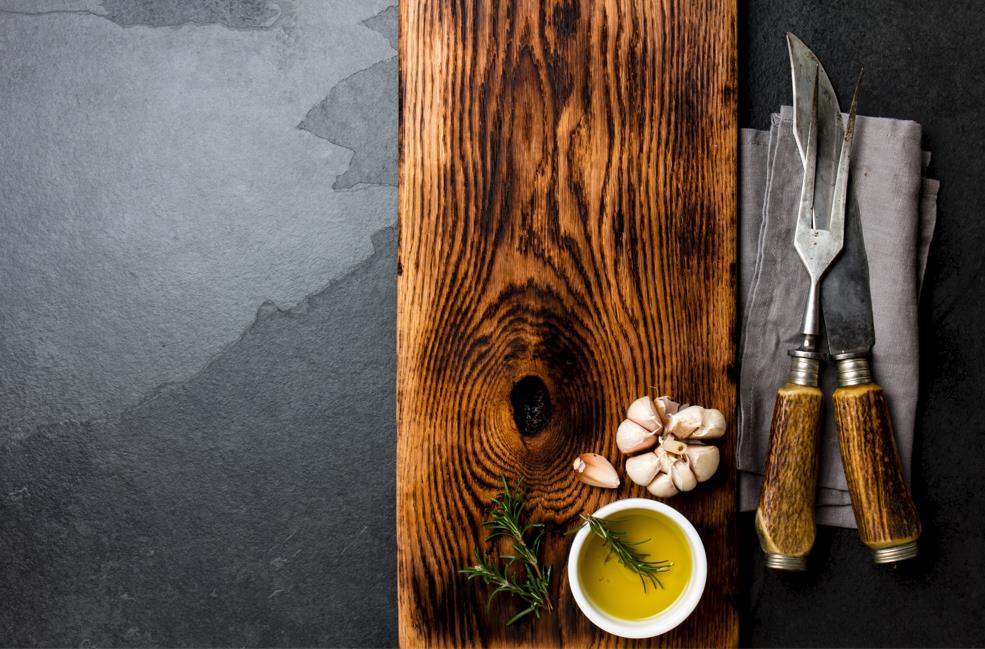
While this is a debatable topic, many would agree that the natural beauty of wood looks better than any plastic. The wood’s natural beauty with its growth rings aside, many manufacturers are implementing ways to make their plastic cutting boards more appealing. Though it would be hard to find at your local shop, custom plastic cutting boards with your designs make them attractive to customers.
Still, wood cutting boards look much more pleasing to the eye than their plastic counterparts, no matter what’s printed on them.
Winner: wood cutting boards
Price
Last but not least, the price. The wood cutting boards aren’t as affordable as plastic ones, but they come in a greater variety.
You can get a sizable wood cutting board for as little as $20. Up your budget a little more, you’ll be able to purchase one that will last you for years. Want something extra durable, very gentle on your knives, and crafted professionally? Expect to spend upwards of $100. With these wide price ranges, you surely can find one that serves you the best.
On the other hand, plastic cutting boards also have a wide range of prices but are less costly than wood. You can even get sets of plastic cutting boards for less than $20 and throw the ones that had enough beating and take out the new ones – convenient enough.
Winner: plastic cutting boards
Summary
| Plastic | Wood | |
| Sanitization | Shows scratch marks | Self-heals and kills bacteria |
| Durability | Not as durable and needs replacing faster | Highly durable |
| Maintenance | Low maintenance | Requires regular upkeep |
| Price | Affordable | Pricier |
| Weight | Lightweight and doesn’t take as much space | On the heavier side, the bigger it is, the weightier |
| Clean | Easy to clean and dishwasher safe | Takes extra time and effort to clean |
Which one should you get – plastic or wood?
If you only want a single cutting board, wood is the most appropriate option for most people. However, why not get both? A large wood cutting board as your primary and a secondary smaller plastic cutting board for quick use, like halving fruits or ready-to-eat foods for a quick snack.
You can also utilize a plastic cutting board solely for raw chicken and poultry, as these are considered high-risk foods if remnants are left on the board. That’s why many cooks choose to use a dedicated cutting board for raw meat. Being dishwasher safe, sanitizing plastic cutting boards is much more time-efficient.
All and all, though, it’s best to weigh the advantages and disadvantages of both plastic and wood cutting boards and make your decision accordingly. The chances are you will find wood to be the superior option like many other cooks.
Other cutting board materials to consider
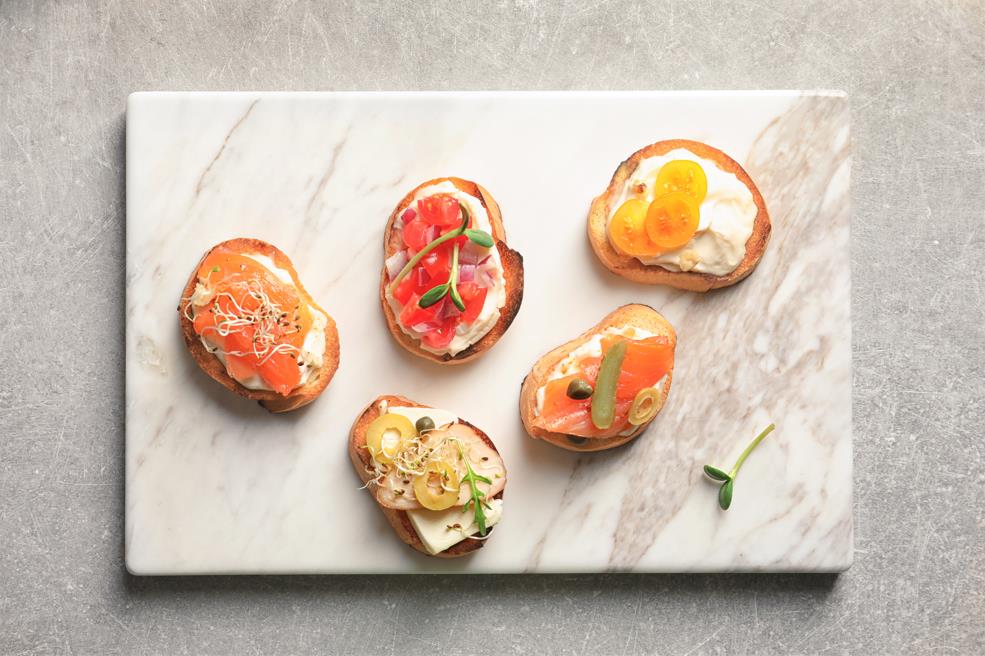
While plastic and wood are more dominant, there are other materials for making cutting boards.
- Bamboo: Bamboo cutting boards are a sustainable option like wood. Although they aren’t as durable, they somewhat fall between plastic and wood in durability.
- Glass: Glass cutting boards are easy to clean and maintain but aren’t the best for your knives. Many chefs look down upon these cutting boards for dulling knives quickly without providing a significant value.
- Marble: Despite having gorgeous looks, marble cutting boards are the same as glass options – too hard for your knives. A cutting surface essentially no different than your granite countertop doesn’t go well with blades.
Takeaway
The bottom line is that wood cutting boards are a far better option than plastic when comparing the two. Still, investing in good-quality options of both can save you plenty of time and effort.
Take a look at other comparisons on the HDMD Knives blog to find the right tools to arm your kitchen.





